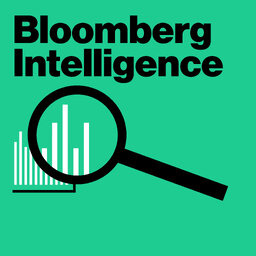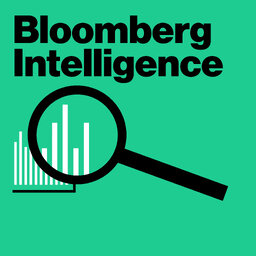Instant Reaction: Inflation Data
Bloomberg's Nathan Hager breaks down the latest PCE data with Bloomberg Economics and Policy Editor Michael McKee. Plus, reaction to the data from Tom Porcelli, Chief US Economist at PGIM Fixed Income, and Wells Fargo Senior Economist Sarah House.
 Bloomberg Intelligence
Bloomberg Intelligence


